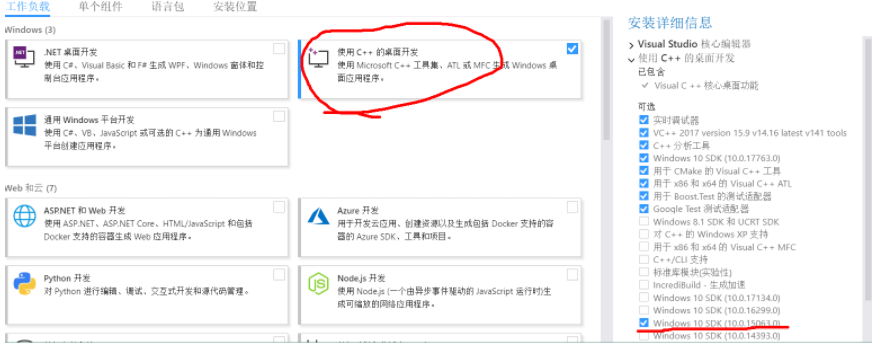I have a data frame similar to the one below, called df. I want to plot subsets of this data, from say May 2012 to June 2014. I had been using the plot function to plot the entire data frame, however, when I split it up into subsets of the plot I get the same plot no matter what portion of the data I select.
Jan Feb Mar Apr May Jun Jul Aug Sep Oct Nov Dec
2011 NA NA NA NA NA NA 13.724575 13.670017 13.782099 13.675788 13.442914 13.279969
2012 13.114463 13.021268 12.999545 12.990171 12.898018 12.611495 12.311641 12.126345 11.974871 12.019042 12.163618 12.304660
2013 12.374017 12.365795 12.323280 12.377747 12.462203 12.630298 12.780495 12.848942 12.806210 12.860463 12.838953 12.608965
2014 12.616257 12.720611 12.841626 12.897939 13.008535 13.136377 13.159393 13.290928 13.495218 13.636360 13.797778 13.827273
2015 13.662063 13.527596 13.568430 13.782818 13.889276 13.971303 14.181846 14.329937 14.385533 14.289386 14.222535 14.384618
2016 14.516674 14.759385 14.951384 14.763781 14.536779 13.978265 12.888989 11.612033 10.362592 9.205528 8.649027 8.662219
2017 8.614229 8.446361 8.239606 8.286693 8.498938 8.972903 NA NA NA NA NA NA
My current code looks similar to below (Stripped out the non-essentials, like x and y labels).
dates <- seq(as.Date("2011-01-01"), by = "months", length = 84)
plot(dates, df, type = "l")
How can I modify this to plot only certain sections?
I would be OK with switching to ggplot2 too, but that seemed to give me weird results so I stuck with plot() (perhaps that's because it's a time series data frame? I'm not sure).
You need to get a subset of your data. Also, I would convert the data frame form wide to long format which is much easier to work with, specially for plotting/visualization purposes;
#long format with many rows instead of many columns
library(reshape2)
long <- melt(df, id.vars = c("Year"))
#add a column with actual dates instead year and month in different columns
long$date <- as.Date(with(long,paste(variable,"15",Year,sep = "-")), "%b-%d-%Y")
#take the subset of the data for May 2012 to June 2014
Date1 <- as.Date("2012-05-01", "%Y-%m-%d")
Date2 <- as.Date("2014-06-30", "%Y-%m-%d")
subdf <- long[long$date < Date2 & long$date > Date1,]
#use ggplot2 as it provides us nice labels and theme for timeseries by default
library(ggplot2)
ggplot(data=subdf, aes(date,value)) + geom_line()

Data:
df <- structure(list(Year = 2011:2017, Jan = c(NA, 13.114463, 12.374017,
12.616257, 13.662063, 14.516674, 8.614229), Feb = c(NA, 13.021268,
12.365795, 12.720611, 13.527596, 14.759385, 8.446361), Mar = c(NA,
12.999545, 12.32328, 12.841626, 13.56843, 14.951384, 8.239606
), Apr = c(NA, 12.990171, 12.377747, 12.897939, 13.782818, 14.763781,
8.286693), May = c(NA, 12.898018, 12.462203, 13.008535, 13.889276,
14.536779, 8.498938), Jun = c(NA, 12.611495, 12.630298, 13.136377,
13.971303, 13.978265, 8.972903), Jul = c(13.724575, 12.311641,
12.780495, 13.159393, 14.181846, 12.888989, NA), Aug = c(13.670017,
12.126345, 12.848942, 13.290928, 14.329937, 11.612033, NA), Sep = c(13.782099,
11.974871, 12.80621, 13.495218, 14.385533, 10.362592, NA), Oct = c(13.675788,
12.019042, 12.860463, 13.63636, 14.289386, 9.205528, NA), Nov = c(13.442914,
12.163618, 12.838953, 13.797778, 14.222535, 8.649027, NA), Dec = c(13.279969,
12.30466, 12.608965, 13.827273, 14.384618, 8.662219, NA)), .Names = c("Year",
"Jan", "Feb", "Mar", "Apr", "May", "Jun", "Jul", "Aug", "Sep",
"Oct", "Nov", "Dec"), class = "data.frame", row.names = c(NA, -7L))
Reshaped data to long format:
head(long)
# Year variable value date
# 1 2011 Jan NA 2011-01-15
# 2 2012 Jan 13.11446 2012-01-15
# 3 2013 Jan 12.37402 2013-01-15
# 4 2014 Jan 12.61626 2014-01-15
# 5 2015 Jan 13.66206 2015-01-15
# 6 2016 Jan 14.51667 2016-01-15



